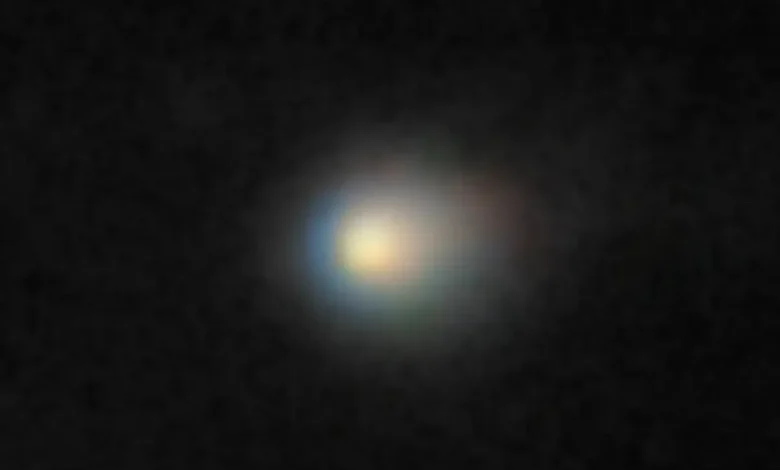NASA database shows 3I/ATLAS suddenly sped up, changed path after perihelion: Report

According to a report, NASA database about the position and the movement of 3I/ATLAS shows that the comet shifted unexpectedly near the Sun. In fact, it has changed trajectory as it moves on a path that will bring it close to Earth in December, the Daily Mail reported. It has also sped up immensely compared to its original speed when it was observed in the solar system. The space agency’s figures confirm that something moved the object off its predicted path with an extra ‘kick’. NASA has an easy answer for it – that the Sun’s gravity pushed it away just when it reached perihelion. However, other scientists are not so sure about it. 3I/ATLAS was travelling at 209,000 km/hr when it was discovered in July. But after reaching perihelion on October 29, it has picked up further speed and is now soaring at approximately 244,000 km/hr.
Sudden movement is beyond the control of Sun’s gravity
Add WION as a Preferred Source
NASA reportedly confirmed for the first time on Tuesday that its course has suddenly shifted “beyond gravity’s control,” Daily Mail reported. This happened right after perihelion. At this point, 3I/ATLAS was not visible from Earth as it was hiding in the Sun’s glare. Harvard scientist Avi Loeb is expecting the object to have at least a 5 billion-ton cloud of gas and dust around it. Astronomers don’t yet have evidence that 3I/ATLAS has released anywhere close to this much gas, which would qualify it to be a comet. However, if that does not happen, then it means that something else is powering 3I/ATLAS and could be a sign of a “terrestrial engine.” This would also explain the sudden boost in speed.
But this push has dropped down in the past few days, and even this is not linked to the Sun’s gravity, according to NASA. All this could be related to at least 13% loss of mass in 3I/ATLAS near the Sun, since this would create so much gas that the comet would zoom off suddenly. But this is merely conjecture, and astronomers are yet to see proof of this occurrence. 3I/ATLAS is now becoming visible from Earth. But the best images will only emerge by the end of November and in December, when it will get closest to Earth. The James Webb Space Telescope will be looking for this massive cloud of gas and dust, which will finally ascertain the makeup of this interstellar object.




